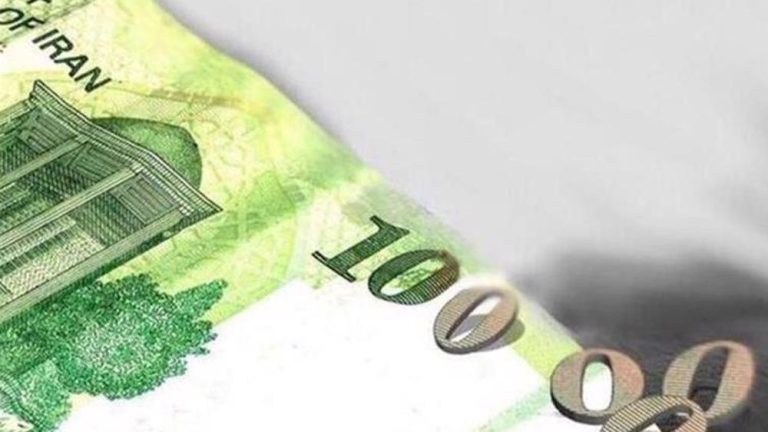The Iranian parliament has approved a government bill to remove four zeros from the national currency rial amid efforts to simplify financial transactions and accounting operations.
Members of the parliament approved the bill on Sunday with 144 votes in favor, 108 against, and three abstentions.
The bill allows the government to start a five-year program to reform the rial by removing four zeros from it and restoring an old currency subdivision named qiran.
Chairman of the parliament’s economic committee Shamsoddin Hosseini called the approval of the bill a major achievement, saying three previous administrations and parliaments had failed to pass it.
The Central Bank of Iran (CBI), which will be in charge of implementing the bill, said that operations to remove four zeros from the rial would take two years before a three-year transition period starts, during which both the old and new currencies will be in circulation.
The bank started preparations for removing four zeros from the rial in 2018 when it issued banknotes with the last four digits in a paler color to help the public gradually adapt to the planned changes.
The move came under a previous government bill which sought to change the name of the Iranian currency to toman and subdivide it into 10 rials.
However, under the new bill, a new Iranian rial would be equal to 10,000 current rials and would be subdivided into 100 qirans.
Jafar Mehdizadeh, who serves as head of CBI’s department for monetary policies, said that Iranian President Masoud Pezeshkian will lead a special headquarters that oversees the removal of four zeros from the rial.
“This (reform) program has been implemented in many countries and has had its successes and failures. We will try to use these experiences and make it a success,” said Mehdizadeh.



